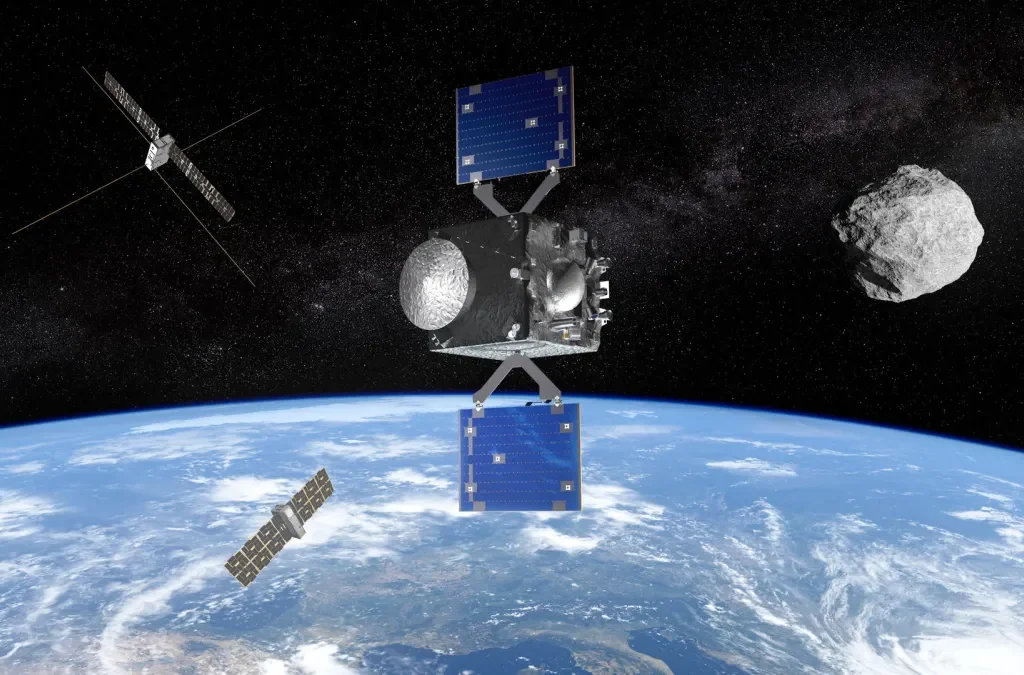The European Space Agency (ESA) has approved preliminary work for the Ramses mission to the asteroid Apophis, maintaining its development timeline despite incomplete funding. ESA's space safety program, which includes planetary defense, gave the green light on July 16 for the Ramses mission to proceed, ensuring it stays on track to visit Apophis before its close approach to Earth in April 2029.
Ramses, or Rapid Apophis Mission for Space Safety, will utilize the same spacecraft bus as ESA's Hera mission, set to launch in October to visit the asteroid Didymos. Ramses will carry two cubesats for additional studies of Apophis.
“This is the first time that we can really observe, in its natural environment, an asteroid experiencing an external force and see how it reacts,” said Patrick Michel, Ramses science leader at the French research agency CNRS, during a panel discussion at the COSPAR 45th Scientific Assembly on July 18.
Apophis, already targeted by NASA's OSIRIS-APEX spacecraft, is of significant interest to scientists who wish to study it before and after its close approach to Earth. The asteroid will pass closer to Earth than geostationary satellites in 2029. “If we can have a spacecraft there prior to the close encounter to feed information to us, that would only help in terms of maximizing science return,” noted Anjani Polit, deputy principal investigator for the OSIRIS-APEX mission.
Scheduled for launch in April 2028, Ramses will arrive at Apophis in February 2029, studying the asteroid before and after its Earth flyby. ESA members will determine the mission's full funding at the next ministerial meeting in late 2025. Michel stressed the urgency of starting development now to meet the launch timeline. “Because we need to launch in April 2028, it was not possible to wait for the ministerial in 2025 to get the approval,” he said. “I thank the ESA delegations to already put in money to start the development of the mission so it can be later approved at the ministerial.”
While ESA has not disclosed the current funding amount, Michel mentioned it will suffice to get through a preliminary design review (PDR) scheduled for this fall. “We can go through the development through the ministerial and, if everything goes well, I would be surprised if it is not approved,” he added.
The PDR will consolidate Ramses' payloads, with contributions from international partners, including an imager from Japan's JAXA. NASA, India's ISRO, and South Korea's KASA have also expressed interest in participating. The mission, an optional program requiring member state contributions, expects Italy to be the largest backer, with OHB Italia building the spacecraft. Germany, Spain, Belgium, and France are also anticipated contributors.
ESA has ruled out another proposed Apophis mission, the 12U cubesat Satis, intended for rapid reconnaissance of near-Earth asteroids. “In the case of Satis, we have to start from scratch, and in Europe starting from scratch means you need a decade of development,” Michel explained. “Satis remains a great idea in general because, for planetary defense and fast reconnaissance, you cannot fly something like Hera or Ramses. Studies are going on, but not for Apophis.”
